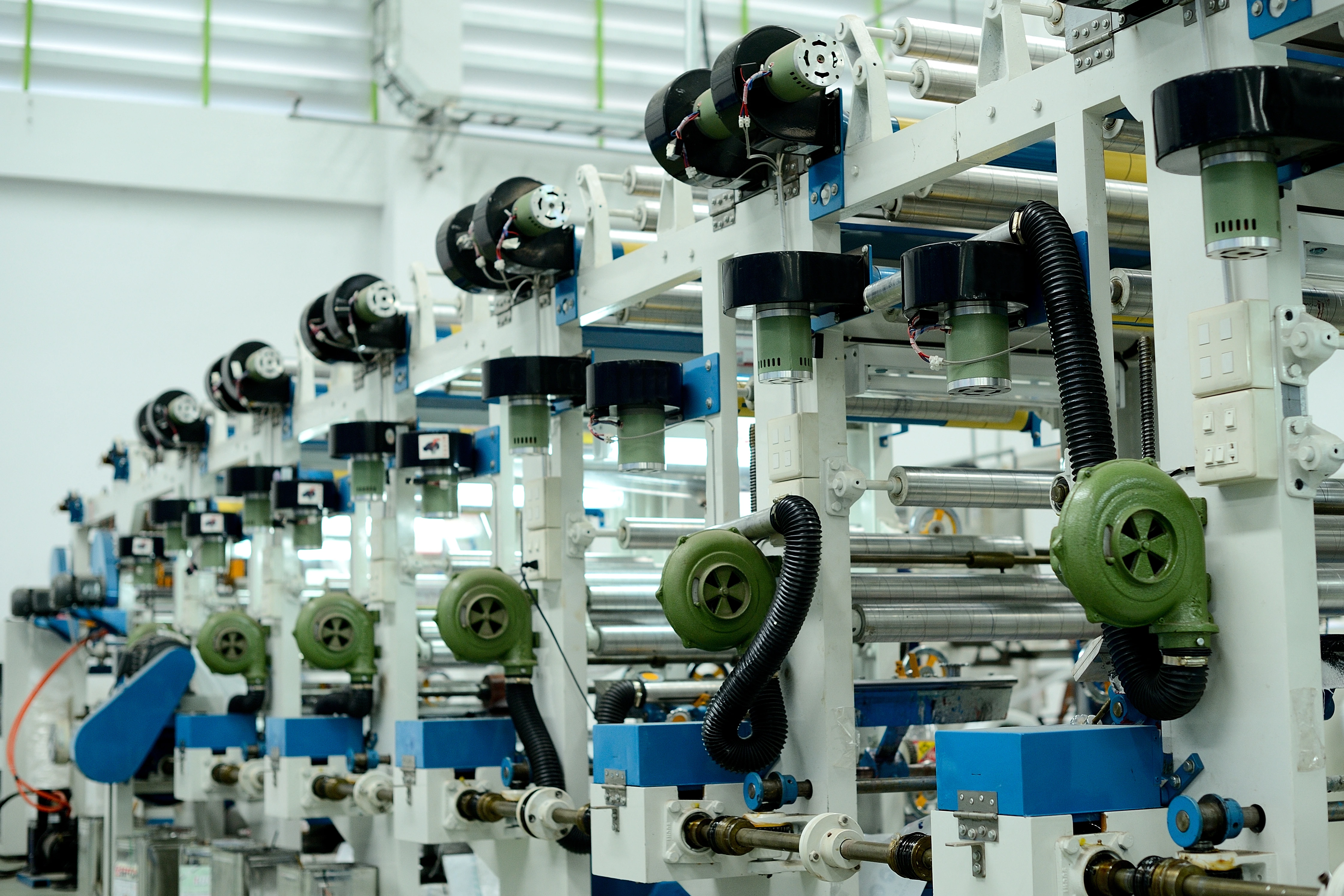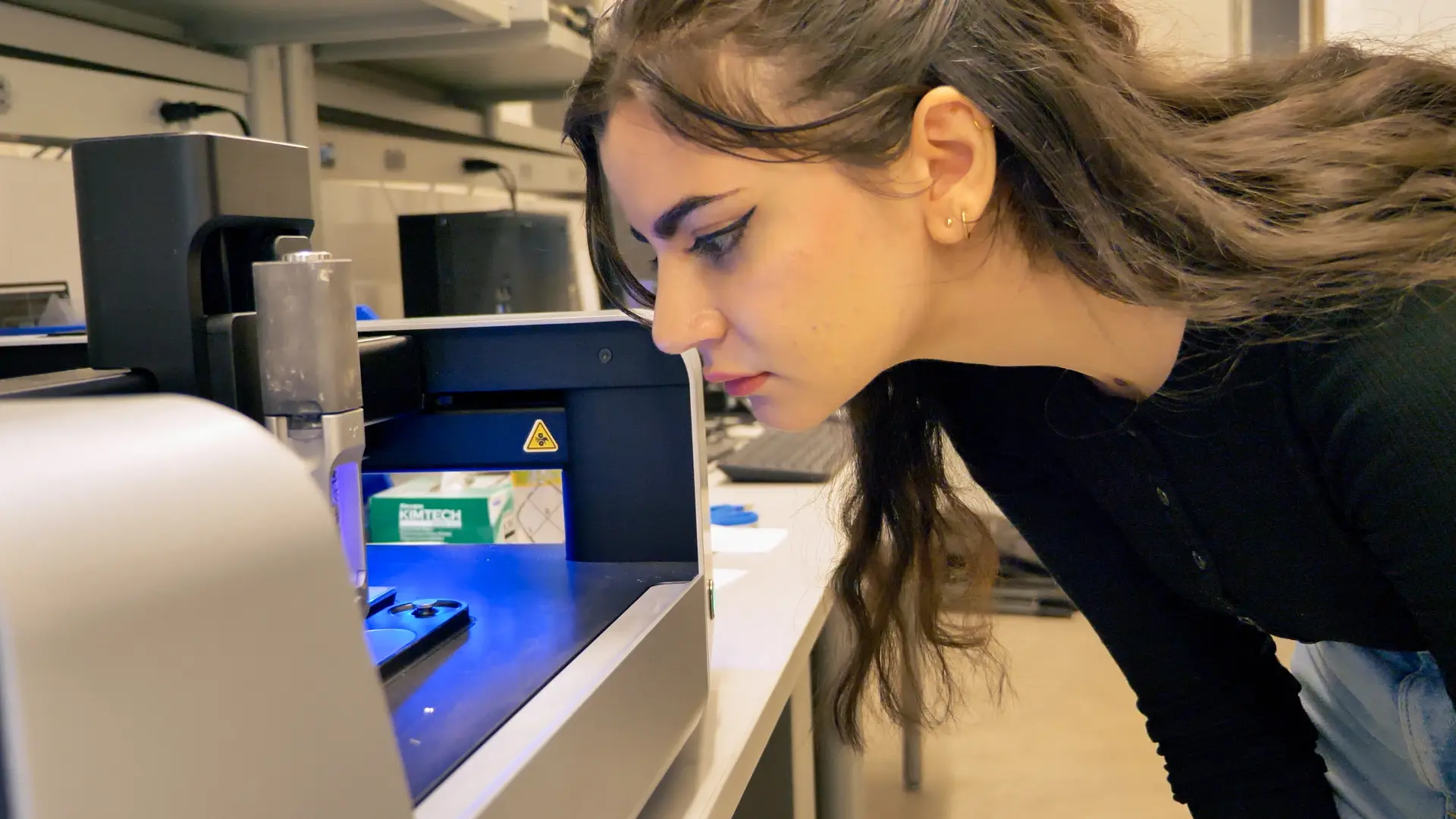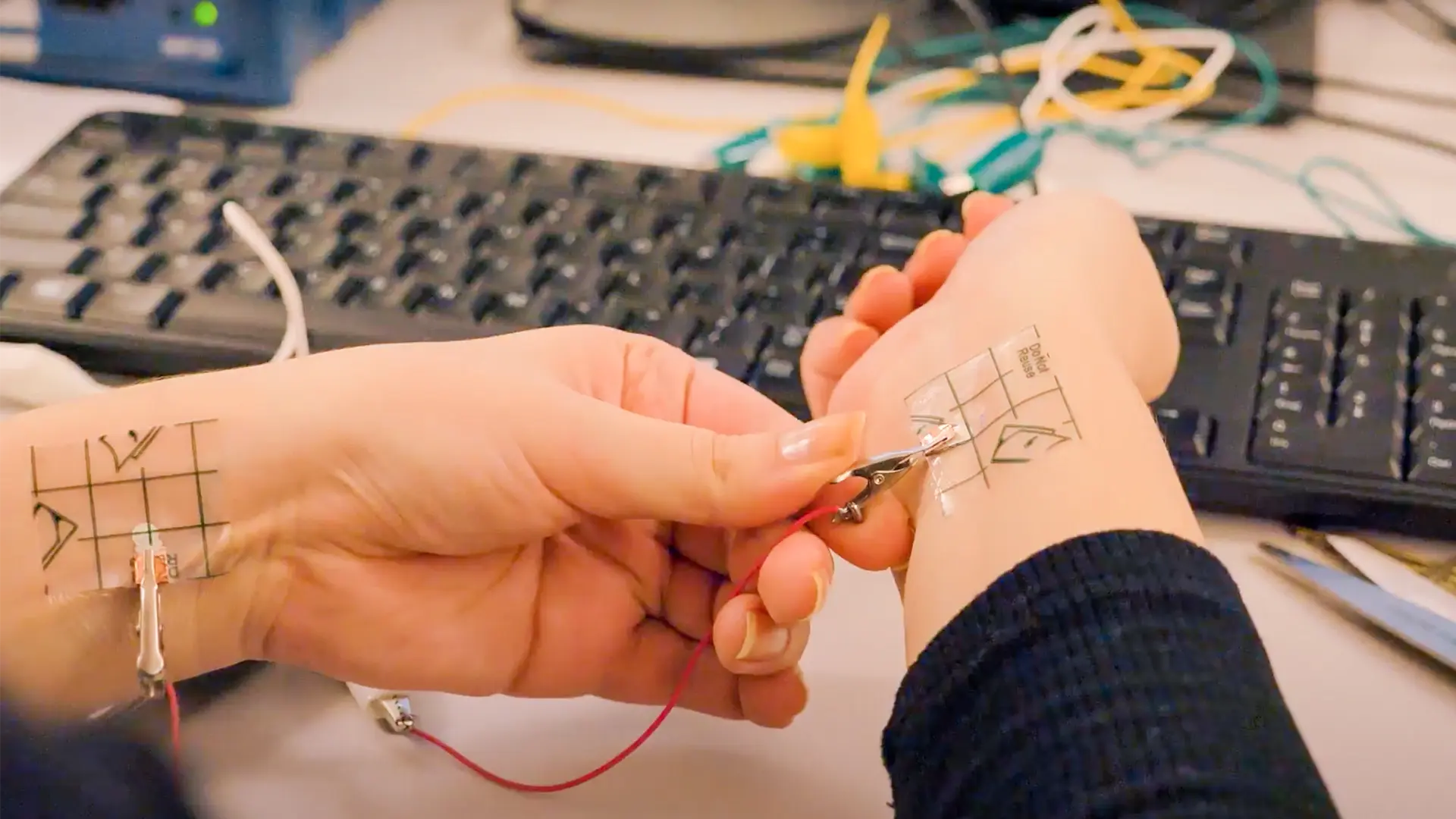Introduction to Gravure Printing Technology
This article introduces rotogravure printing technology, also known as gravure printing. We will walk you through the pros and cons, and give you all of the information you need to decide whether gravure is the most suitable printing technology for your electronic projects.
What is gravure printing technology?
Gravure printing technology is an analog process — it doesn’t use a digital file, but relies on a physical rendering of the pattern that you’re trying to print. At its core, it’s a stamping technique: conductive ink is applied to an impression and stamped onto your substrate. It was given life in the magazine industry since it is better suited for porous substrates, like paper.
But of course, there’s more to it, so let’s take a deeper look.
The evolution of gravure printing
Rotogravure’s technological roots date back to the mid-19th century where developments in photography enabled early gravure applications to reproduce and stamp images onto paper. Throughout its early decades, gravure technology continued to see innovation in precision and depth control, allowing for the production of enhanced images to find their way into newspapers and magazines.


The manufacturing process for the cylinders continued to see improvements which led to its ability to print on a variety of substrates, fueling gravure’s widespread adoption. Continued integration with advancing digital technologies lead to its entrance in the printed electronics industry. With the capability of printing on flexible substrates, gravure began seeing more adoption in printed electronics applications requiring high quality and layer sensitivity, such as organic semiconductors and semiconductor/dielectric interfaces in transistors [1].
Technological advancements in gravure printing
There are a few noteworthy technological advancements that contributed to gravure’s expansion in the printed electronics industry:
Cylinder manufacturing
Gravure cylinder manufacturing has evolved from chemical etching, to electro-mechanical (diamond cutting) etching, and now to primarily laser etching. Laser etching or engraving, uses digital imaging and controls to reduce the carbon footprint and plating time associated with older methods, providing a more cost effective and environmentally sustainable solution.
Roll-to-roll printing
In roll-to-roll (R2R) printing processes, gravure can be set up as an extension of the production line. This allows for continuous high-speed printing where the flexible substrate is fed through the engraved cylinder and ink is transferred evenly. After the drying stage, the substrate is then rewound back onto the take-up roll. This integration increases gravure’s manufacturing efficiency over competing methods like inkjet and screen printing for larger applications.
How does gravure printing technology work?
Gravure uses an anilox roll — a hard cylinder with a steel or aluminum core — engraved with the desired pattern. The engraving determines the pitch and depth of the traces, with resolution measured in lines per inch. After engraving, conductive ink is applied to the anilox roll and settles into the grooves. A doctor blade then scrapes off excess conductive ink and ensures that only desired patterns remain. Next, the engraved anilox roll contacts a secondary roll carrying the substrate, stamping the pattern onto it.


It’s important to note that traditional rotogravure uses the capillary force of porous substrates to wick the conductive ink out of the grooves of the anilox roll. The wicking then causes ink absorption into the substrate. This is acceptable for traditional pigments on paper, but isn’t ideal for conductive inks, which require controlled surface deposition. This is why gravure printing can be challenging for printed electronics.
In printed electronics, gravure technology uses applied pressure rather than capillary action to transfer the ink to the surface of non-porous substrates like glass, polyethylene terephthalate (PET), and FR4. Gravure printing can achieve feature heights below one micron and is compatible with conductive inks with viscosity ranging from 10-100 cP.
Benefits and challenges of gravure printing
While gravure printing offers speed, precision, and scalability, it also comes with practical limitations that influence its suitability for certain applications. Understanding both sides helps determine whether it’s the right fit for your project.
Pros
- High-speed printing — limited only by the roll’s rotation speed
- Fine resolution
- Good pattern consistency
- Cost-effective for mass production
Cons
- Uneven roll pressure on longer traces can cause conductive ink to wick along the ridges of the cylinder, leading to gaps in your traces.
- Iteration is costly. The anilox roll costs thousands of dollars and any changes in your pattern will require another roll to be made. Even though tools for getting a proof of concept (e.g., K Printing Proofer) exist, the overall cost for iteration is high.
- Limited material choice — solvents that degrade or leach metal from the roll can ruin both the roll and print quality.
Materials and performance
Gravure printing supports conductive inks that are a bit more viscous than those required for inkjet printing technology, but not as viscous as screen-printable inks. As mentioned previously, ink formulation remains limited by solvent compatibility because certain solvents can damage the anilox roll or affect the conductivity of your printed traces.
In terms of substrates, gravure printing is compatible with a fairly diverse pool of substrates, as long as they’re non-porous. Porous substrates will absorb the conductive material, leading to inconsistent traces and unreliable performance. It’s not great from a reliability standpoint — and that’s one of the major selling features of gravure printing technology, to begin with.
Conclusion
Gravure printing technology has made a fascinating transition from its early roots in photo printing for newspapers to flexible applications in printed electronics. It's proven a valuable tool in large-scale production scenarios offering both efficiency and cost effectiveness, though its material compatibility and inability to print on porous substrates limits its application diversity compared to other printing technologies like direct ink writing and screen printing.
If you have any questions about the ideal printing technology for your printed electronics application, book a meeting with one of our technical representatives for expert advice.
References
[1] Montanino, M., & Sico, G. (2023). Gravure Printing for Lithium-Ion Batteries Manufacturing: A Review. Batteries, 9(11), 535. https://doi.org/10.3390/batteries9110535.

Check out our Customer Stories
Take a closer look at what our customers are doing in the industry.
